Balancan is a newish label designed to represent uncertified Mexican spirits. It comes to us from Ismael Gomez and Mackenzie Shults, the folks behind Laika Imports – recently added to the High Road Spirits portfolio – which imports Cruz de Fuego mezcal, Onó Sotol, and Flor del Desierto Sotol. The story behind Balancan is particularly interesting because it melds all the elements that make the mezcal industry such a fascinating place to be right now. The quality of the mezcals is amazing, the story behind each is unique, and the people managing the business straddle every fissure in the mezcal world right now.
First off, the name: Balancan is both a small town in Tabasco state on Mexico’s Caribbean coast and the word for the first of the seven layers of the Mayan afterlife. Balancan is the land of jaguars and serpents which are prominently displayed a lusciously illustrated label. Hector Ruiz is responsible for that art work, he also designed the Flor del Desierto labels for Laika and does some amazing work from his home in Mexico City when he’s not making music with his band, Hello Seahorse. The labels are very dreamlike and vaguely threatening, appropriate for a spirit named after the afterlife. The spirits inside come from two independent producers that represent two of the diverse Mexican distilling traditions, Don Nacho in Jalisco and Amando Alvarez from Ixcatlan in the state of Oaxaca.
When in Rome
Balancan came about because Ismael and Mackenzie were vacationing in Rome and visited Roberto Artusio’s legendary Jerry Thomas Speakeasy where they saw the name Tuxca on the menu as an agave spirit from Jalisco. They had been importing mezcal and already had quite a bit of experience in the space but hadn’t heard of this type before so they started researching and trying to find a producer.
For the longest time it was a cold trail until one day a friend of Ismael’s said, ‘yeah the guy down the road makes it,’ which led to Ismael meeting Don Ignacio “Nacho” Juarez, a local producer in Las Canoas which is nestled in the Tuxcacuesco region of Jalisco. Around the same time, Ismael visited Ixcatlan in Oaxaca where he met Amando Alvarez. Amando’s mezcal was so impressive that Ismael bought a batch right then and there.
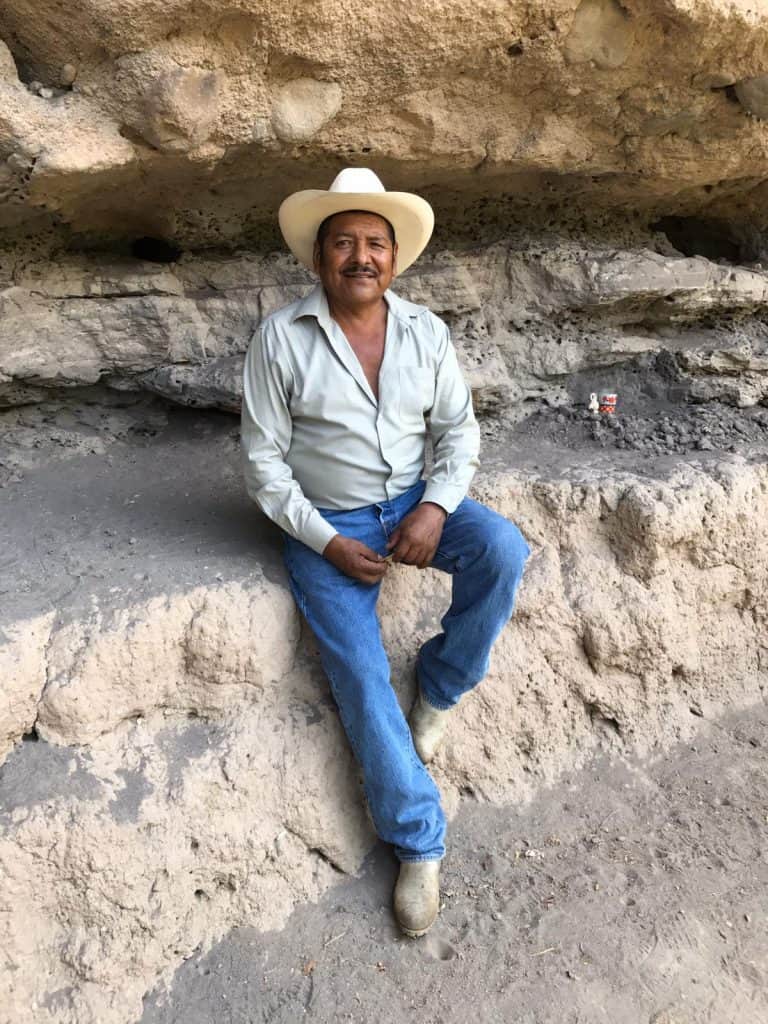
The thread that ties these two bottles, and potentially others in the future, is that they represent the identity of independent spirits in Mexico. Mezcals, certified or not, are grounded in an incredible history and culture but Ismael and Mackenzie needed a different label for this project to give it an identity of its own. All the other spirits that they import are certified and they don’t see a contradiction or conflict there, these are just different mezcals that represent different businesses.
So, what’s Tuxca?
We have to take a step back to answer a nagging question. Mexico is home to many spirits, god may be the only final authority on how many because the traditions are so varied and localized that we may have already lost a ton as local cultures change. What’s clear is that as long as distilling has been around in Mexico, there have been highly localized distilling traditions that embrace a combination of distilling types, agaves, and the ideas of their makers.

Tuxca is a real throwback to the origins of distilling in Mexico. It hails from the border between Jalisco and Colima along the Rio Almería which runs around the Nevado de Colima volcano. Most of the distillers in this area use filipino stills which are composed of hollow wood trunks for the top part of the still. The history of distilling in Mexico seems to originate here with Filipino sailors arriving in 1539 or 1569 when they planted coconuts and soon started making a spirit from coconuts called vino de coco. Indigenous peoples were already at least fermenting agave so the leap to distilling it wasn’t a big one.
The name Tuxca is local but it has no appellation, even if it represents what a traditional appellation should do. In theory anyone in the area could easily call his or her spirit a destilado de agave. And someone outside of that area could just as easily call their spirit a Tuxca even if they’re not in the valley or doing something different in the process. That’s the beauty of it. Unlike the wider Denominación de Origins which legally define spirits like tequila or mezcal, Tuxca is really about a location and knowing the story behind it.
An ancient spirit
Balancan’s Tuxca is the first on the U.S. market and, at least to my knowledge, still the only one. Even in the area there only seems to be one other label, Insecto, which speaks to how little is made, how localized production is, and how the name doesn’t have the wider marketing cache.
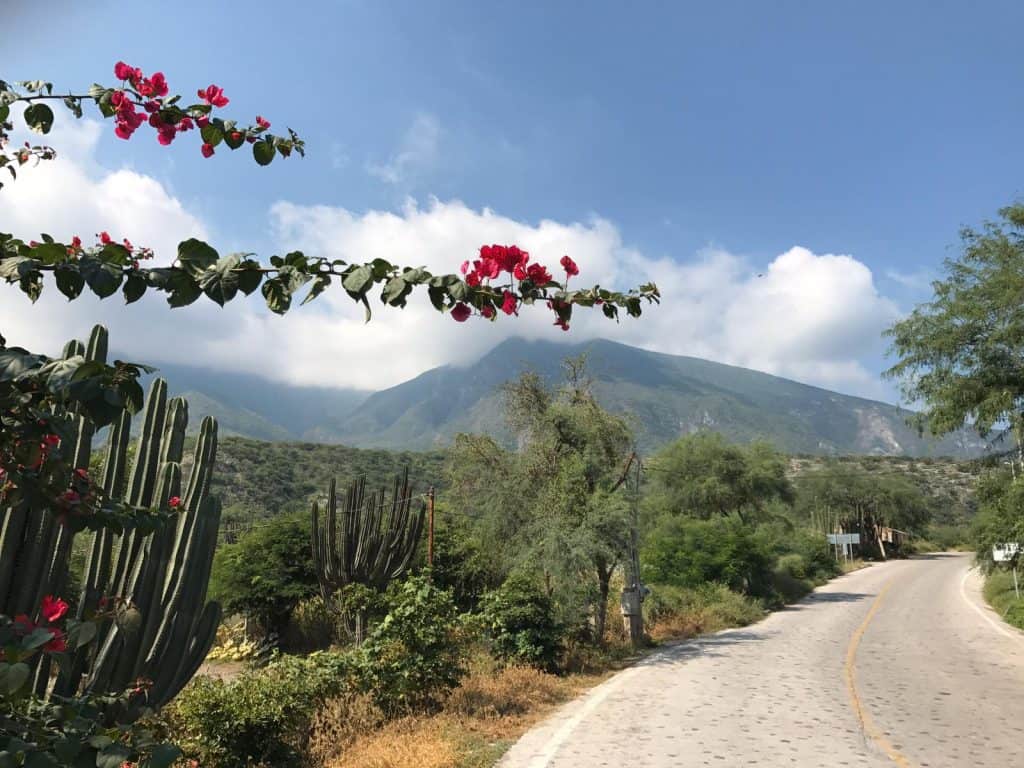
Don Nacho shares the taberna (in this area rural distilleries are called tabernas) with a cooperative of seven families including his brother, but he only produces for his personal brand, Rey de Mil Coronas, and Balancan. Other families will generally come to him to make a batch from their agaves and that mezcal almost certainly remains in the area for personal consumption and fiestas. No one knows exactly how much he produces annually but the volume is tiny, Ismael estimated it as less than 1,000 liters a year.
Don Nacho’s main work is agricultural: He raises the traditional milpa crops of beans, squash, and corn. Like many other rural mezcal producers those crops take priority over mezcal because they provide produce that you can actually eat and sell in local markets. Mezcal may raise the spirit, but vegetables keep you alive. And the mezcal production is strictly limited by the seasons – it’s only made in the months outside of the rainy season, usually between December and May.
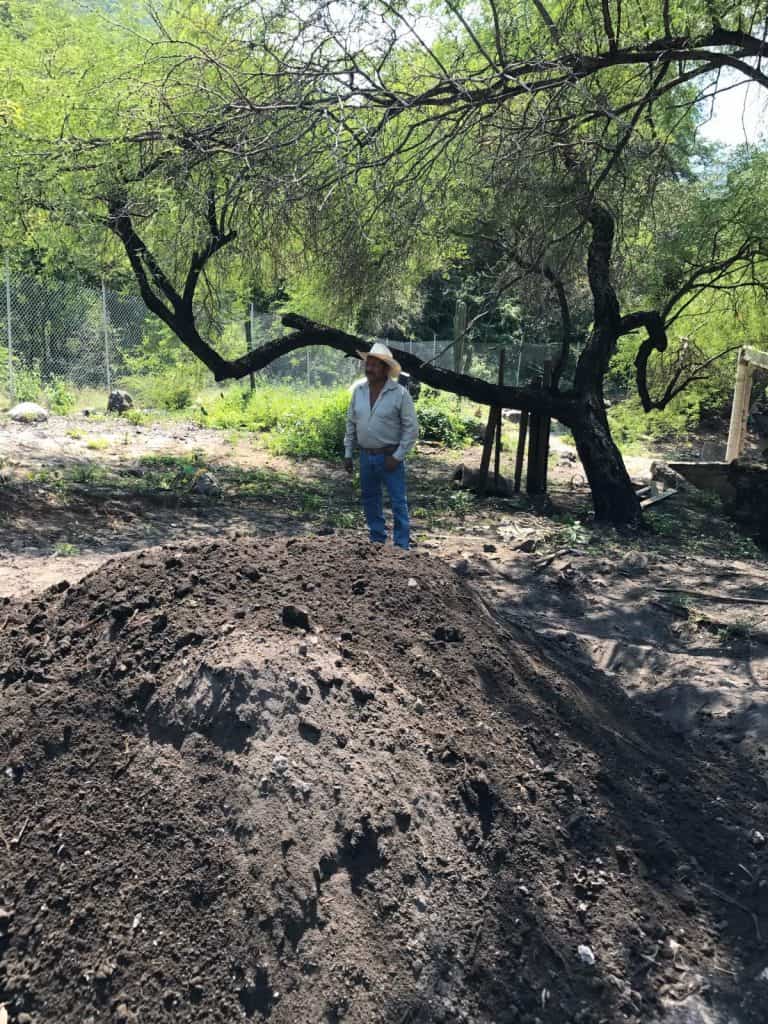
Don Nacho produces the Balancan Tuxca in the same location where Patricia Colunga filmed “Los Mezcales del Occidente de México y la Destilación Prehispánica” about the potential for pre-hispanic distilling. When you watch that documentary you’ll see his process in action and get a tantalizing glimpse of pre industrial distilling which has been active in Jalisco since at least with the arrival of the Spanish.
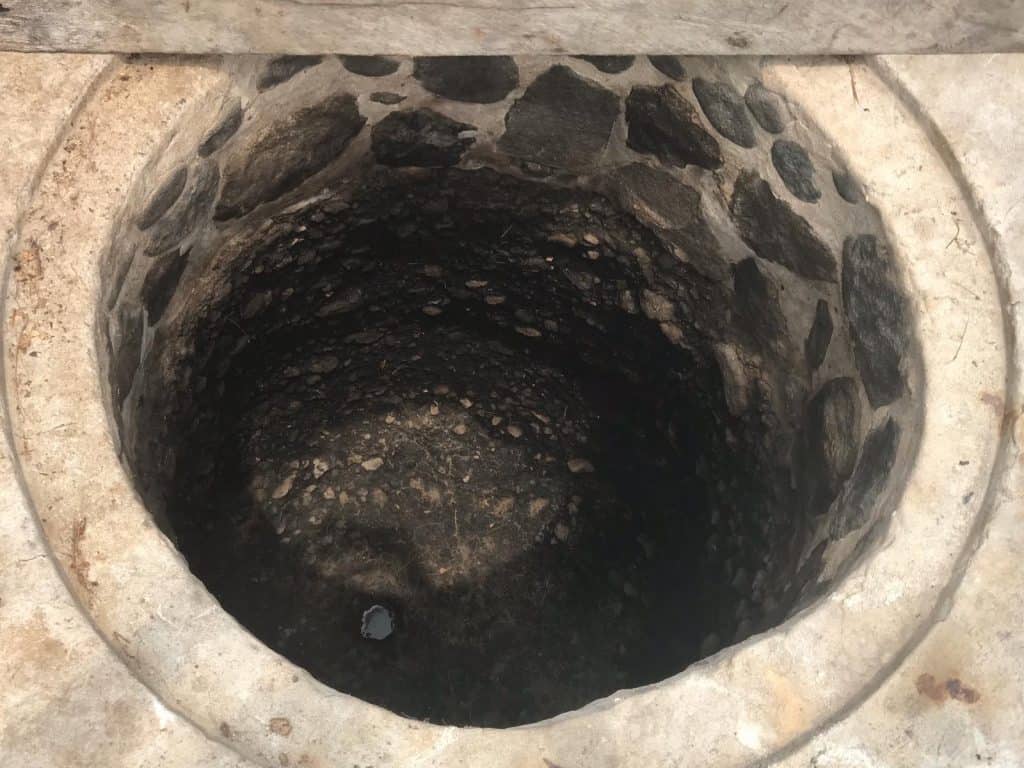
Don Nacho’s Tuxca is the result of an achingly manual process designed around its location. The Lineño and Cimarron agaves are mostly if not all wild, roasted underground in a cylindrical oven and then hand crushed, first chopped with a machete, then mashed with mallets on the volcanic hillside just below the oven. The bagasse is then pushed and shoveled into holes in the rock just down hill made out of volcanic deposits. These volcanic fermentation pits are truly unique to the area and probably indicators of a long history of this distillation.
Don Nacho’s filipino still. Inside Don Nacho’s still Don Nacho’s filipino still.
Water is piped from a spring up the hill for fermentation and then the fermented mash is poured into a filipino still made of a tree trunk. Don Nacho uses a copper plate between the tree trunk and the fire, then one above it to catch the condensation. He also uses two types of tree; Parota, a thick and round tree trunk, is used for the still shell while wood from the Tescalama tree is used for the cuchara because it has a flat trunk which doesn’t impart any colors and flavors to the Tuxca. You can see all the elements of the Spanish invasion of Mexico melding together, filipino technology coming through the Pacific ports, the amazing local flora and knowhow. It’s all there in a single spot. Or maybe it was all there before they arrived…
A section of a Parota tree. A section of the Tescalama tree.
The Oaxaca connection
Balancan’s Oaxaca representative is well known by connoisseurs. Amando Alvarez from Santa María Ixcatlan is a name synonymous with quality and excellence in Oaxacan mezcal. At last check he still hadn’t celebrated his 30th birthday and had been already been making mezcal for more than half his life. Clearly he was a close study because mezcal labels have sought him out and bought batches like the one bottled by Balancan.
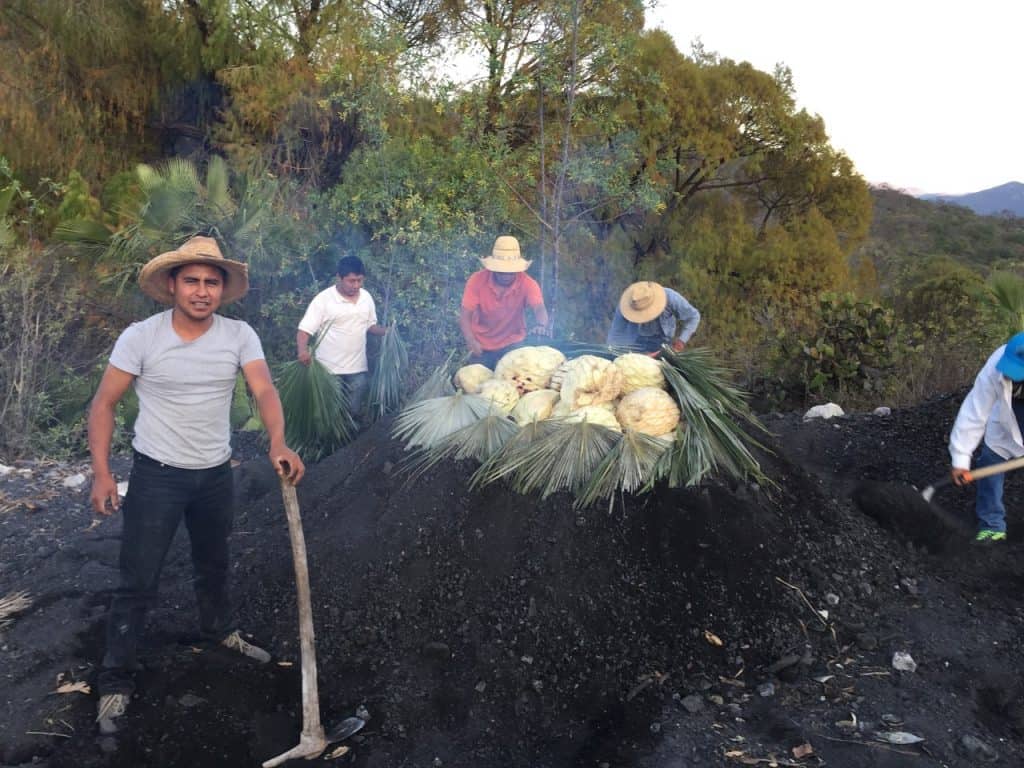
Today most of Amando’s production appears in Cinco Sentidos’ Papalometl label so the Balancan bottle is a great comparison point, like a fly in amber Balancan’s Destilado Artesenal is a vintage mezcal that will never come around again. You could easily lay this bottle down for years as an investment and a comparison point. What was happening in 2016 that made it this distinct? UNAM has a great interview with Amando where he dives into what makes his tradition unique and tells you all you need to know about his vivacious personality.
The Ixcatlan distinction
People love Armando’s mezcals because they have unique flavors that represent everything about his process. The agave used in this batch is called a papalome. Ismael believes it is a tobala but when he asked, Amando said “it’s a papalome” so they’re sticking with that nomenclature on the bottle. Mark that up as yet another one of the amazing epistemological riddles in the mezcal world. Your papalome may be my tobala or maybe something genetically distinct from what I call tobala. Or maybe even a cupreata.
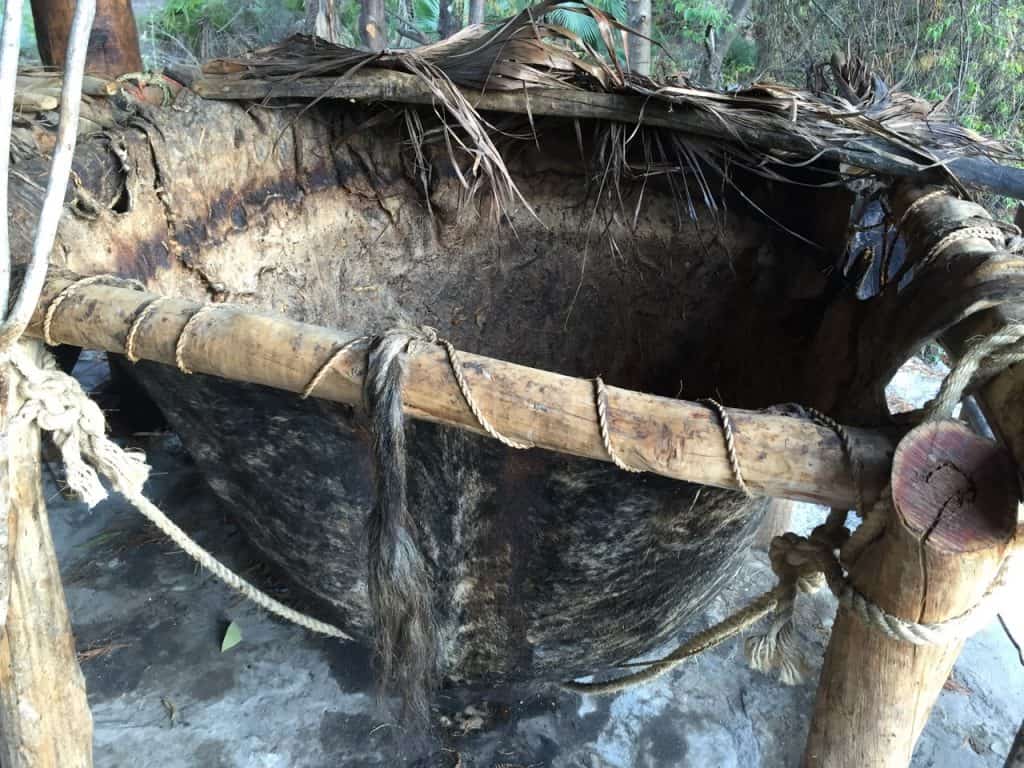
The papalome piñas are roasted underground, hand mashed, fermented in leather hides, and – finally! – distilled in clay pot. If you wanted to make distillation as difficult as possible, Don Nacho or Armando’s traditions might be what you’d come up with. These are both pre-industrial when the only tools were hand made and the only labor were those same hands. It’s extremely rare to find people who continue with these traditions because it is quite literally back breaking labor. I’ve talked to maestros mezcaleros about why they changed to mechanical shredders – one pointed to his crew and said he wanted them to be able to stand up straight when they were old – so don’t take this stuff for granted. People like Amando may be young but even he may have a change of heart if he encounters the ravages of age.
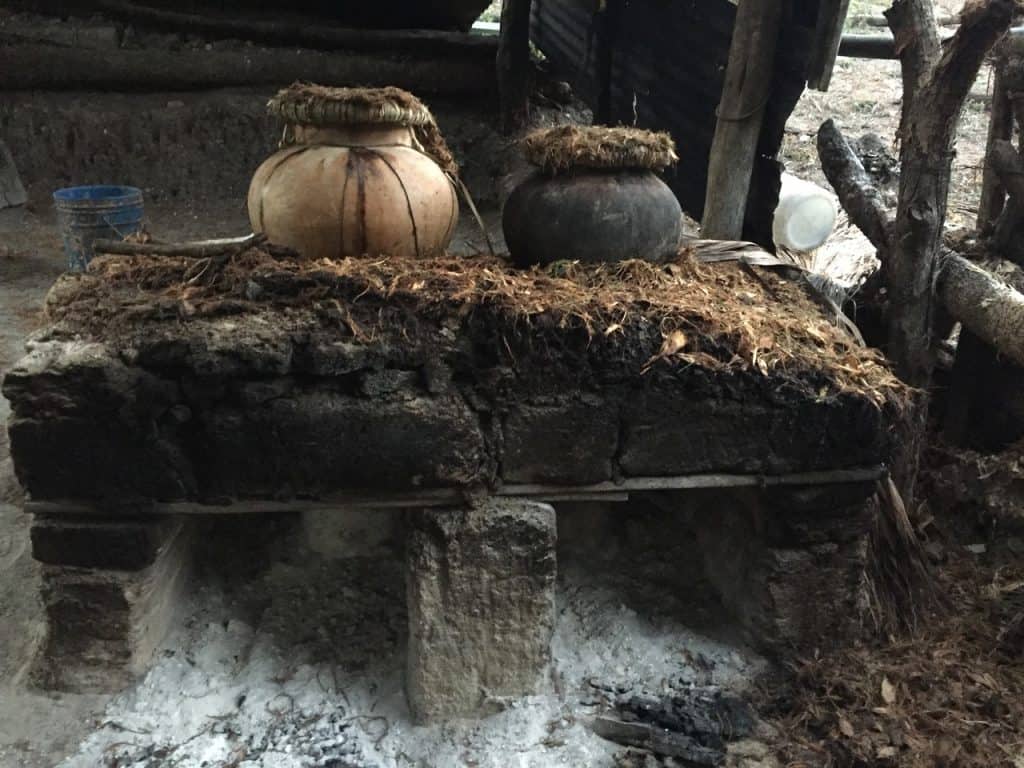
While clay pot distillation is rare enough, fermenting in leather hides is another matter. The technique has a long history: Leather hides have long been used to store wine, it’s even mentioned in the bible, and fermenting in them was a highly portable process. But it’s extremely rare in contemporary fermentation mostly because it’s a tricky process but also because the resulting mezcal isn’t vegetarian. Every variation in fermentation is important but this one is transformational.
Trailer Mezcales del Occidente de México y la Destilación Prehispánica from Pascual Aldana on Vimeo.
A sense of place
The tag line for Balancan is “a sense of place” because each of these bottles represent the unique distilling traditions of where they come from, it’s their terroir and the governing idea behind appellations even if neither of these labels is certified as part of one of Mexico’s Denominaciónes de Origenes. The brand joins a growing list of people focused on bringing uncertified distillers that continue to make mezcal according to their unique traditions, who make mezcal that truly reflects something unique and human made outside of the industrial and commodified forces that govern most of our lives.
These bottles are truly special; the batches now in the U.S. represent a moment in time, the weather, the yeast in the air, the distiller’s idea at that moment. They contain the past, present and future. I can only hope that Don Nacho’s very young children will gain interest in making mezcals as exquisite as what he’s making now or that he finds an apprentice because Amando is a living demonstration of how fast you can learn and make a mark for yourself. Amando is a bright and shining example of the future of mezcal who, by keeping a tight connection with the past, opens up the potential for small batches of the future.

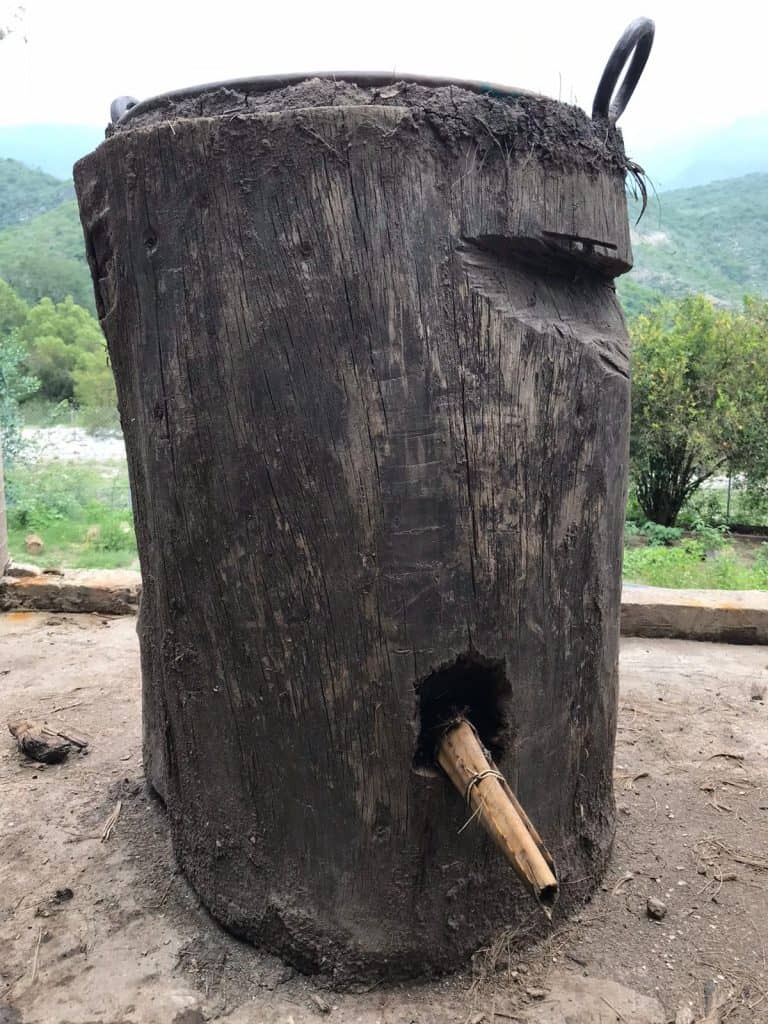
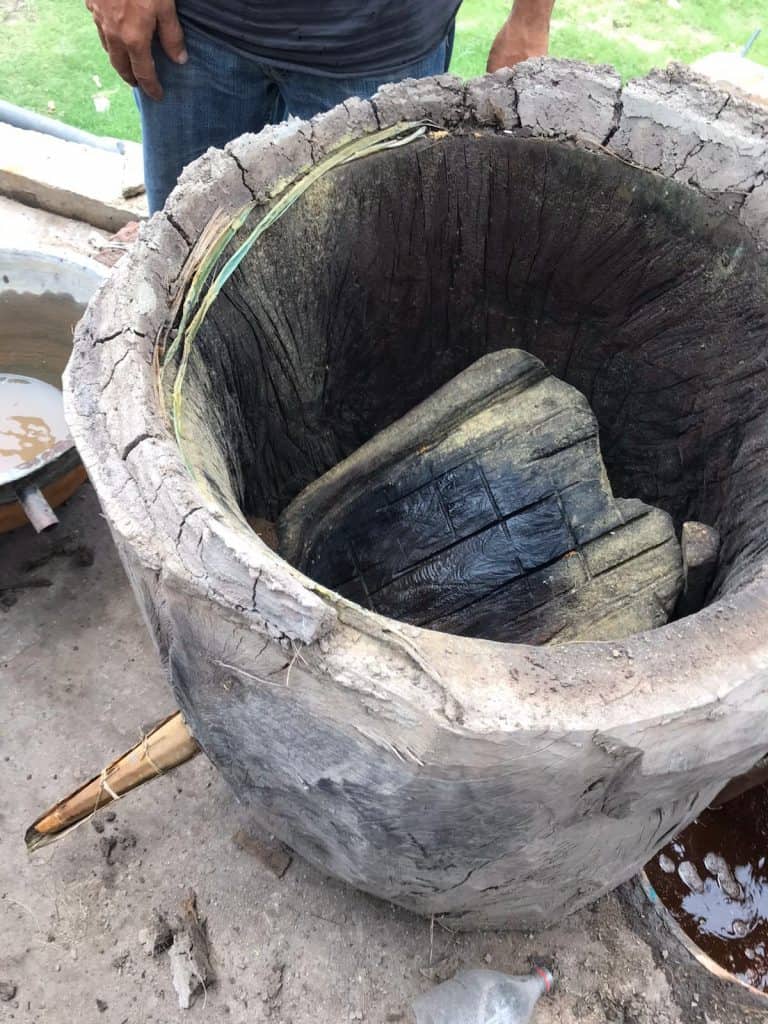
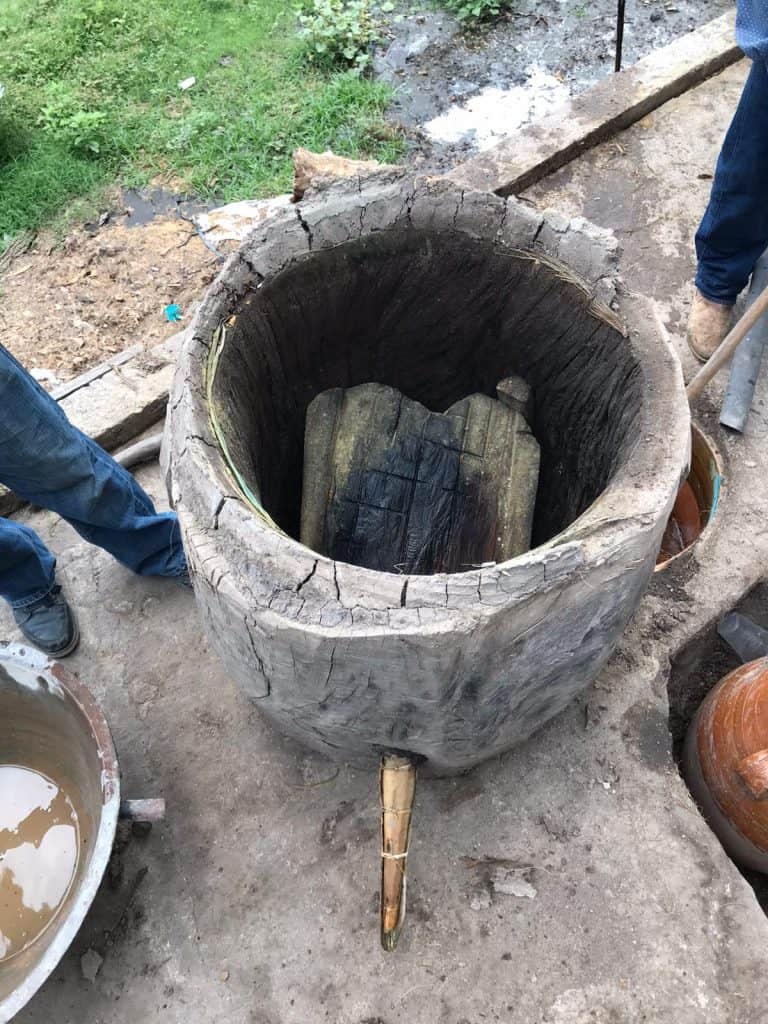
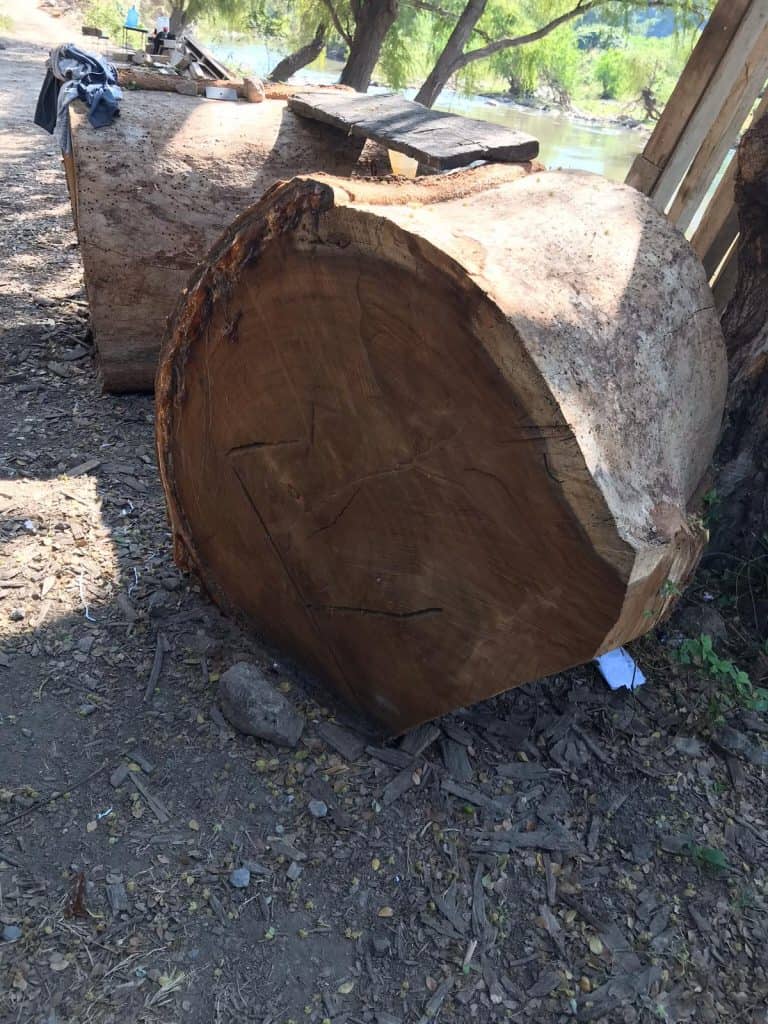
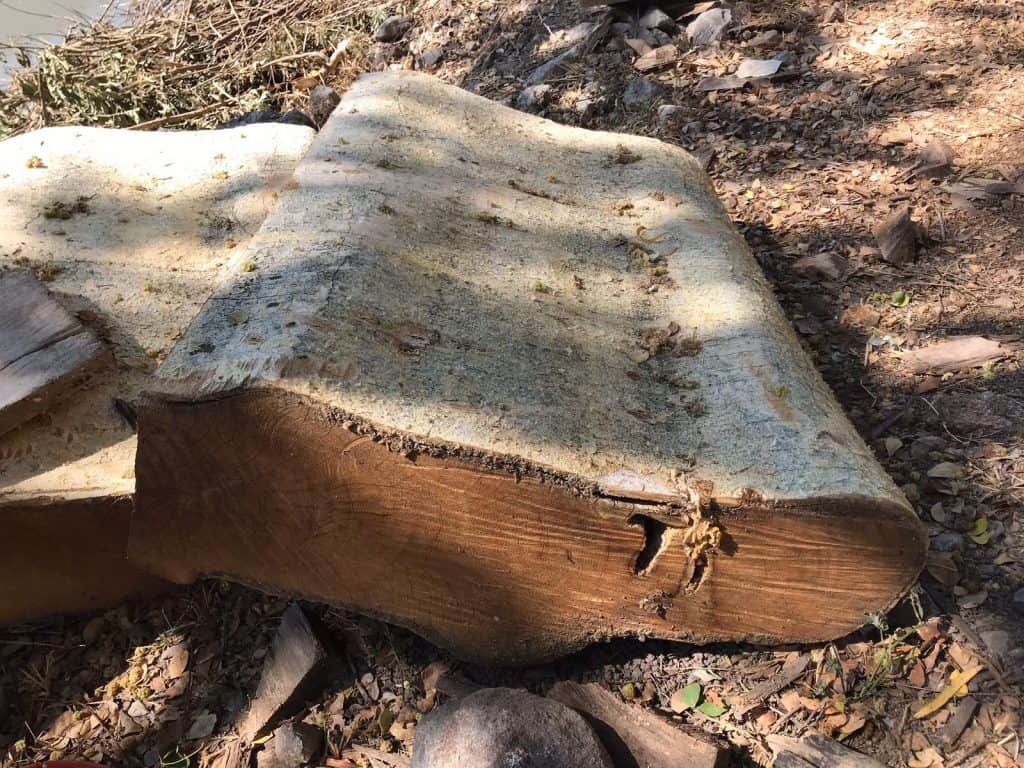

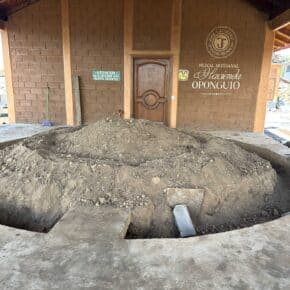
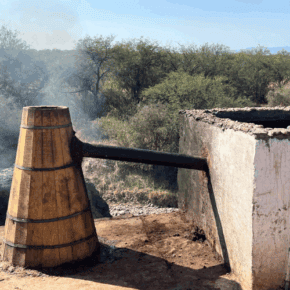








Leave a Comment